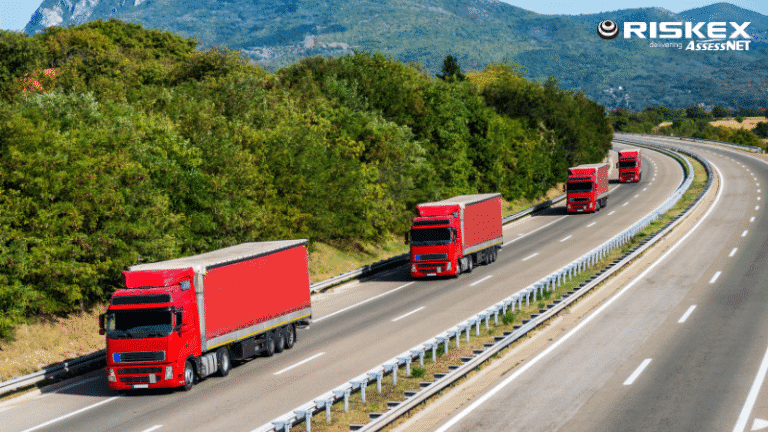New Mandatory Speed Limiters for Vehicles in UK from July 2024 to Boost Road Safety
All new vehicles sold from the 7th July 2024 in Europe including the UK will be fitted with a mandatory speed limiter, which will keep cars within the speed limits helping boost road and driver safety.
A report by gov.uk revealed there were 1,711 fatalities and 29,742 serious injuries reported due to road collisions in 2022.
The mandate comes after the European commission’s legislation which made it a legal requirement for all new vehicles sold in Europe to be fitted with a speed limiter from July 2022. Despite leaving the EU, the UK has retained most EU laws for new cars.
The regulation will tighten in July 2024, where there will be a requirement for all cars that have already been manufactured and are not yet sold, so models currently on showroom floors will need to be retrofitted in order to comply, otherwise they cannot be sold legally.
What’s the difference between cruise control and speed limiters?
Cruise control maintains a consistent speed throughout your journey to eliminate the use of the accelerator. A speed limiter allows you to accelerate and decelerate as you normally would but doesn’t allow you to go above the speed limit without giving you a warning.
How do speed limiters work?
An Intelligent Speed Assistant or ISA uses GPS data and/or traffic sign recognition cameras to determine the maximum speed allowed in an area. The system will then limit the engine’s power and the vehicle’s speed to that set limit.
These systems work by using either:
GPS Technology: This method uses satellite data to determine the vehicle’s location and the local speed limit. The car’s speed is then adjusted accordingly.
Camera-Based Systems: These systems use cameras to read traffic signs and automatically adjust the vehicle’s speed to comply with posted limits.
Hybrid Systems: A combination of GPS and camera-based technologies to ensure the highest accuracy in speed regulation.

You can override the system by pressing hard on the accelerator, but the system will reactivate every time the car is started.
Many manufacturers including Citroen, Ford and Honda have already started including factory fitted ISA in some of their cars. Some newer models of Renault and Citroen vehicles now have limited their maximum speed to 112 mph to increase safety.
All new cars, vans, trucks and buses will need to be fitted with an ISA. This does not include motorcycles because the existing ISA technology still needs to be adapted for motorcycles.
Using speed limiters successfully would also be a step forward in developing self-driving/ autonomous cars in the UK.
Concerns relating to the safety of implementing speed limiters in vehicles
Although installing ISA technology has many safety benefits, various associations have pointed out that warning signals for speeding can be distracting and annoying for drivers, which in itself may cause some issues. Manufacturers have therefore come up with a variety of options a driver can choose from to alert them when they are speeding. These include:
- The driver will be sent a flashing visual signal to point out their speeding. If they continue to drive over the limit, an audio queue will be activated. If they ignore this as well, both visual and audio cues will be used after which both cues will time out.
- The speed control system will automatically reduce the propulsion power. However, this can be overridden by pushing the pedal again.
- The driver’s foot will be gently pushed back.
- The driver will be first sent a visual queue. If they ignore this the pedal will vibrate. If they keep ignoring the combined signals they will eventually time out.
The effectiveness of the above options will be assessed in December 2025. This will be done by using anonymous data to find out the number of times cars were driven with the ISA switched off and on, and the number of times the ISA warning was set off and overridden.
What are some other concerns?
There are concerns as to whether the current ISA system is sophisticated and advanced enough to work effectively. The current system relies on traffic sign recognition, and this is not always 100% effective, especially on motorways. Roadside vegetation that obscures road signs is another factor that can impact the effectiveness of the system.
How much impact will speed limiters have on reducing road traffic accidents?
The European Transport Safety Council or ETSC which have been pushing for mandatory speed limiters for many years has said that this will reduce collisions by 30% and death on the road by 20% and that speed limiters along with other measures included in the legislation could prevent 140,000 serious road traffic injuries by 2038 and hopefully cut road deaths to 0 by 2050.






